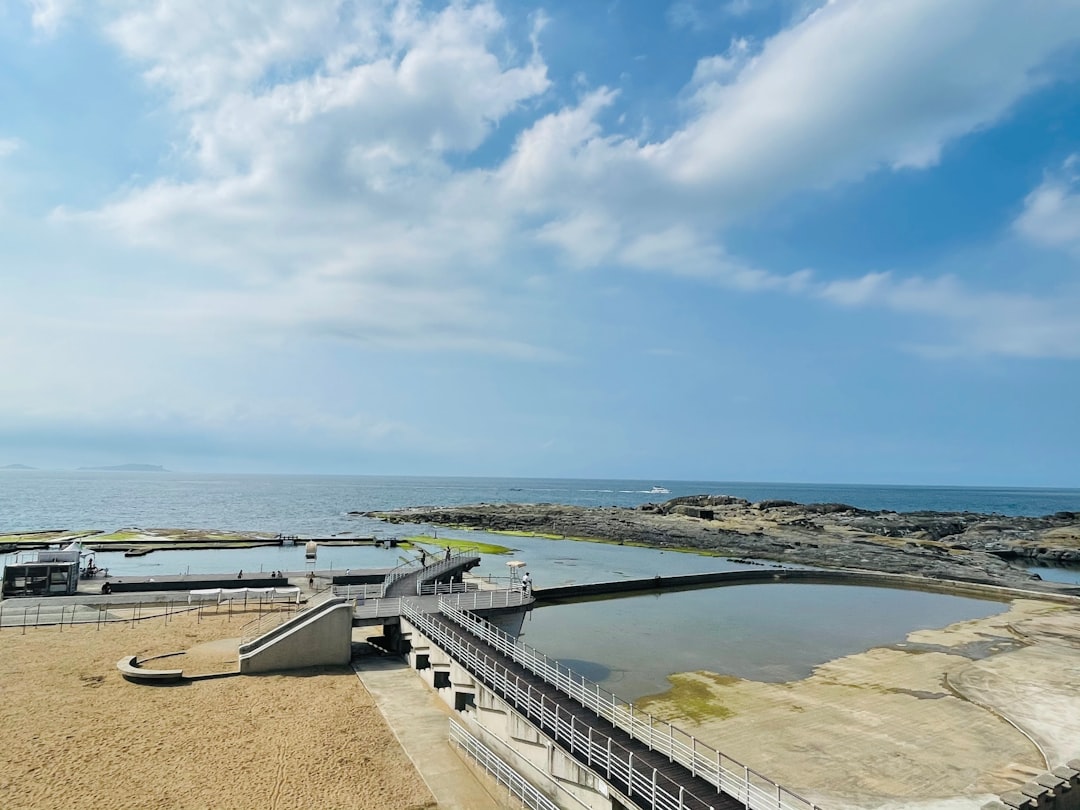“`html
The Looming Shadow: Why a Global Water Crisis is Here
Water. It’s essential for life, agriculture, industry, and everything in between. But a harsh reality is setting in: we’re facing a global water crisis. Climate change, population growth, and unsustainable consumption patterns are squeezing our freshwater resources dry. Regions that were once water-secure are now grappling with droughts, impacting food production, and creating social instability. This isn’t a future problem; it’s happening now. As reported by the BBC, extreme weather events linked to climate change are exacerbating existing water stresses in many parts of the world.
This isn’t just about having enough water to drink. Water scarcity impacts economies, fuels conflicts, and threatens ecosystems. When communities lack access to clean water, health deteriorates, productivity declines, and development stalls. The problem is particularly acute in arid and semi-arid regions, but even areas with historically abundant rainfall are feeling the strain.
Desalination: Turning the Tide on Water Scarcity?
Desalination, the process of removing salt and other minerals from seawater or brackish water, offers a potential solution. For countries with access to coastlines, it represents a practically limitless source of freshwater. But the technology has faced challenges – high energy consumption, environmental concerns related to brine disposal, and the initial capital investment required to build and operate desalination plants.
The Reverse Osmosis Revolution
Reverse osmosis (RO) has become the dominant desalination technology. It works by forcing water through a semi-permeable membrane, leaving salt and other impurities behind. While RO has improved dramatically over the years, researchers are constantly seeking ways to enhance its efficiency and reduce its environmental footprint. Newer membrane materials, advanced energy recovery systems, and optimized plant designs are making RO desalination more sustainable and affordable.
Beyond Reverse Osmosis: Exploring Alternative Technologies
While RO is the workhorse of the desalination industry, other promising technologies are emerging:
- Forward Osmosis (FO): Uses a draw solution to pull water through a membrane, reducing energy consumption compared to RO.
- Electrodialysis Reversal (EDR): Employs an electric field to separate ions, suitable for treating brackish water with lower salinity.
- Membrane Distillation (MD): Utilizes a temperature difference to drive water vapor through a membrane, offering potential for using waste heat as an energy source.
The Impact of Desalination: A Double-Edged Sword
The impact of desalination is complex and multifaceted. On one hand, it offers a lifeline to water-stressed communities, providing a reliable source of freshwater for drinking, agriculture, and industry. Desalination can reduce dependence on dwindling freshwater resources, improving water security and resilience in the face of climate change.
However, desalination plants can also have negative environmental impacts:
- Energy Consumption: Desalination requires significant energy, contributing to greenhouse gas emissions if the energy source is not renewable.
- Brine Disposal: The concentrated saltwater byproduct (brine) can harm marine ecosystems if not properly managed.
- Intake Structures: Seawater intake structures can harm marine life by entraining organisms.
Minimizing these impacts is crucial for the long-term sustainability of desalination. This requires innovative technologies, stringent environmental regulations, and careful site selection.
The Future Outlook: Towards Sustainable Desalination
The future of desalination hinges on innovation and a commitment to sustainability. Here’s what the future might hold:
Reduced Energy Consumption
One of the biggest challenges is reducing the energy intensity of desalination. This can be achieved through:
- Improved Membrane Technology: Developing membranes that require less pressure to operate.
- Energy Recovery Systems: Capturing and reusing energy from the brine stream.
- Renewable Energy Integration: Powering desalination plants with solar, wind, or wave energy.
Brine Management
Finding sustainable solutions for brine disposal is essential. Potential options include:
- Brine Concentration: Reducing the volume of brine through evaporation or other techniques.
- Resource Recovery: Extracting valuable minerals and chemicals from brine.
- Controlled Discharge: Diluting brine before discharge to minimize its impact on marine ecosystems.
Hybrid Systems and Integrated Water Management
Combining desalination with other water management strategies, such as water reuse and rainwater harvesting, can create more resilient and sustainable water systems. Hybrid desalination systems, which combine different desalination technologies, can also optimize energy efficiency and reduce environmental impacts.
Advanced Materials and Manufacturing
The development of new materials with enhanced properties, such as improved resistance to fouling and higher water permeability, will play a crucial role in advancing desalination technology. Additive manufacturing (3D printing) could also revolutionize the production of desalination components, enabling customized designs and reduced manufacturing costs. According to a recent Reuters article, growing concerns are pushing for more environmentally friendly desalination approaches.
Ultimately, desalination is not a silver bullet for the global water crisis. It is one tool in a toolbox that includes water conservation, improved water management practices, and investments in water infrastructure. By embracing innovation and prioritizing sustainability, we can harness the potential of desalination to secure a water-secure future for all.
“`

